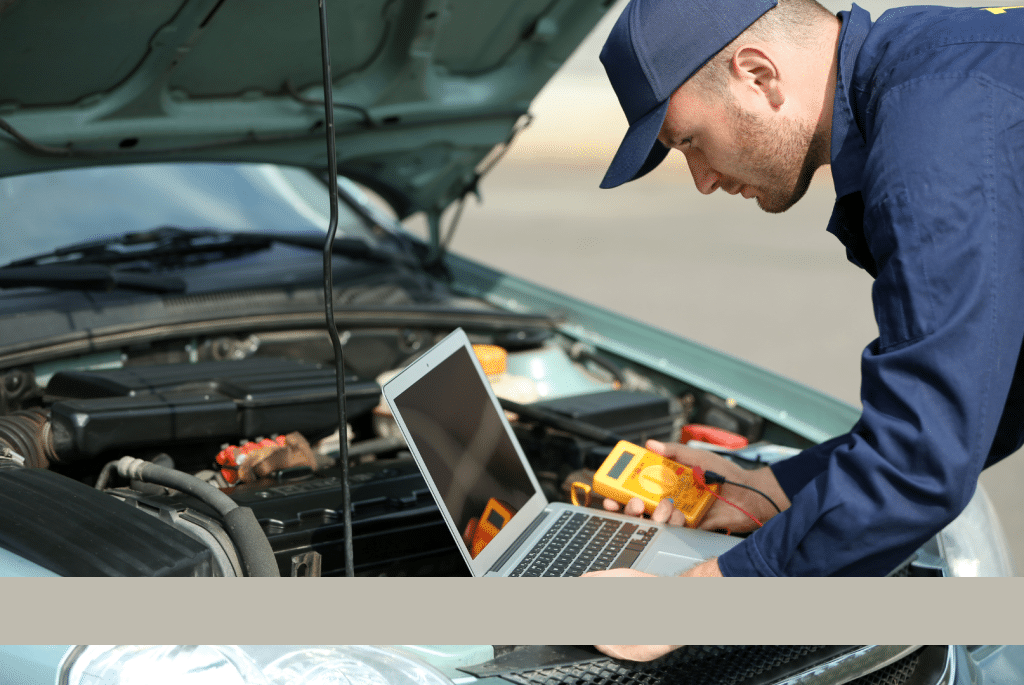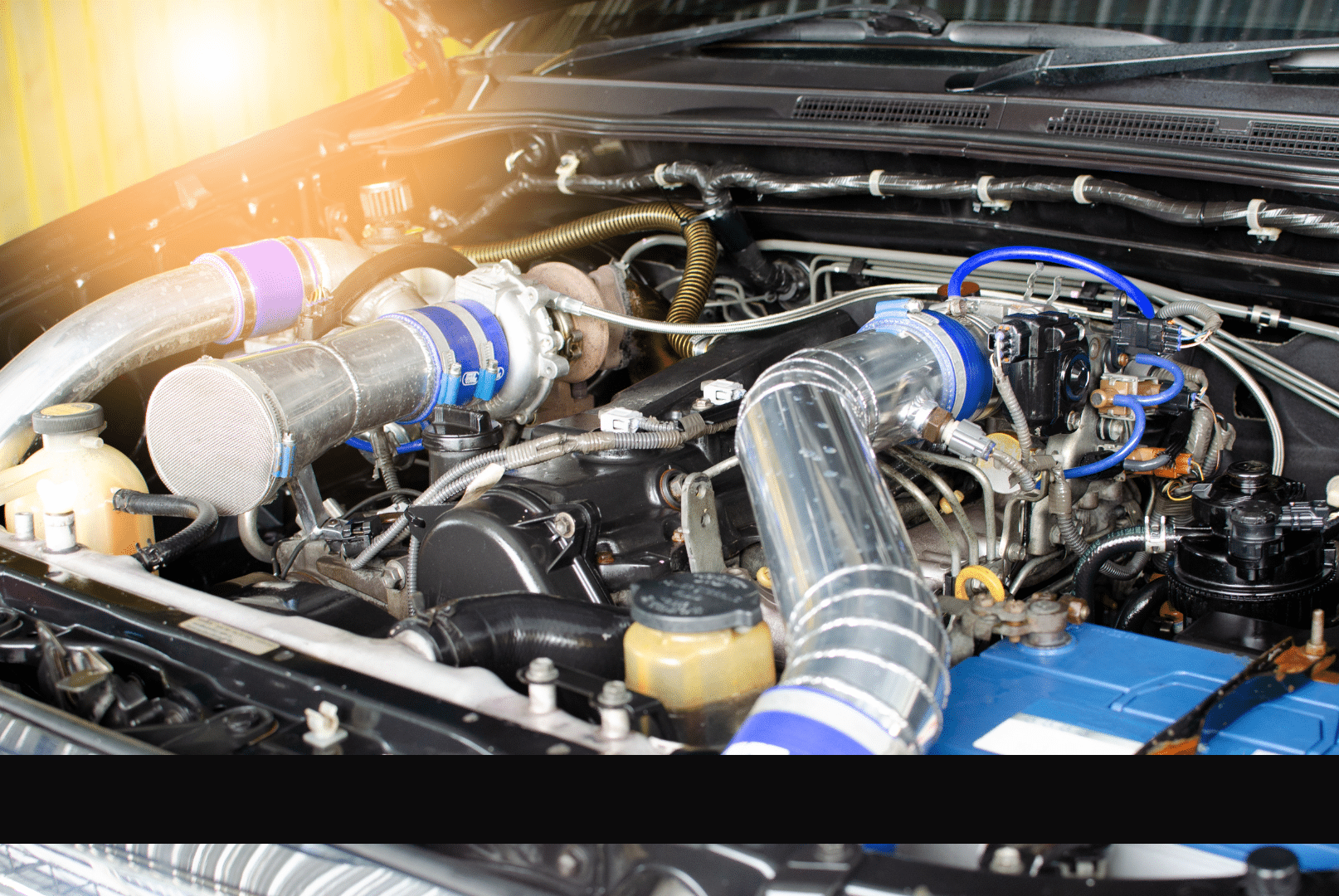Engines are at the heart of every vehicle, from the smallest car to the largest truck. They’re the powerhouse that brings your car to life, enabling you to get from point A to point B. But have you ever wondered what’s actually happening under the hood? How does the fuel you pump into your car turn into motion?
In this guide, we’ll take a close look at the inner workings of a car engine. With simple language, relatable analogies, and clear explanations, you’ll come away with a better understanding of what’s powering your vehicle. Let’s dive into the fascinating mechanics of the engine, learn about the parts involved, and explore how it all works together to keep your car running smoothly.
Table of contents
- 1. Introduction to Car Engines
- 2. The Basics of How an Engine Works
- 3. Parts of a Car Engine
- 4. Understanding Combustion
- 5. Types of Car Engines
- 6. How Internal Combustion Engines Work
- 7. Four-Stroke Engine Process
- 8. Fuel and Air Intake Process
- 9. The Role of the Spark Plug
- 10. Exhaust System Explained
- 11. Cooling System in Car Engines
- 12. Lubrication and Engine Health
- 13. Modern Car Engines and Technology
- 14. Electric and Hybrid Engines
- 15. Common Engine Problems
- 16. Regular Maintenance Tips
- 17. Conclusion and Final Thoughts
- Frequently Asked Questions
1. Introduction to Car Engines
Engines are often called the “heart” of a car. They’re powerful machines designed to convert fuel into energy, creating the movement that propels your vehicle. While they might seem complex, understanding the basics of how an engine works is simpler than you think. Imagine a chain reaction: a series of steps that begins with fuel and ends with movement. Think of it like a well-choreographed dance, where every part has a role to play.
Whether you’re a new driver or just curious about what powers your car, this guide will walk you through the fundamentals of car engines, making the world of car mechanics easy to understand.
2. The Basics of How an Engine Works
At its core, a car engine works by burning fuel to produce energy. This process creates tiny explosions within the engine, which then convert that energy into motion, propelling your car forward. This seemingly magical transformation involves a coordinated effort among various parts, each playing a crucial role.
Imagine blowing up a balloon and then letting go. The rush of air inside the balloon propels it forward. In a similar way, when fuel burns in an engine, it creates an explosion that moves a part of the engine, setting off a chain reaction that ultimately powers the wheels.
3. Parts of a Car Engine
The engine is made up of many different parts, each with a specific purpose. Here are the most essential components you’ll need to understand:
- Cylinder Block: The core structure of the engine, where the pistons move up and down.
- Pistons: Cylindrical parts that move within the cylinder block, creating pressure with their up-and-down motion.
- Crankshaft: Converts the up-and-down motion of the pistons into a rotating motion that ultimately powers the wheels.
- Camshaft: Controls the opening and closing of the valves, which regulate the flow of fuel and exhaust.
- Valves: Allow the fuel mixture in and the exhaust gases out, opening and closing at precise intervals.
- Spark Plug: Creates a spark to ignite the fuel-air mixture, setting off a small explosion within the cylinder.
- Connecting Rod: Connects the piston to the crankshaft, transferring the piston’s movement to the crankshaft.
- Oil Pan: Located at the bottom of the engine, this holds the engine oil, which is essential for lubrication.
Each of these parts plays a unique role, coming together to keep the engine running smoothly.
4. Understanding Combustion
Combustion, or the process of burning, is what powers the engine. In car engines, combustion is controlled and happens in a precise sequence to maximize efficiency. Think of it as a controlled explosion. When the fuel mixes with air, it creates a high-energy mixture. The spark plug ignites this mixture, causing it to explode and push the piston down. This motion creates the energy that drives your car forward.
This controlled burning process occurs multiple times per second, making the engine a powerful, continuous source of energy for your vehicle.
5. Types of Car Engines
Not all car engines are the same. There are different types, each with unique characteristics:
- Gasoline Engines: The most common type, using gasoline as fuel. Known for their balance of performance and efficiency.
- Diesel Engines: Often found in trucks and large vehicles, diesel engines are known for their durability and fuel efficiency.
- Electric Engines: Unlike traditional engines, these use batteries and electric motors instead of fuel combustion.
- Hybrid Engines: Combine gasoline and electric power for greater efficiency and reduced emissions.
Each type has its pros and cons, with gasoline engines being the most common for personal vehicles and diesel engines favored for heavy-duty applications.
6. How Internal Combustion Engines Work
Internal combustion engines are the most common type found in cars. They work by igniting a fuel-air mixture inside the engine’s cylinders, which causes a small explosion that pushes a piston down. This is called internal combustion because the burning (combustion) happens within the engine itself.
This design is highly efficient and can produce a large amount of energy from a relatively small amount of fuel, making it the preferred choice for cars.
7. Four-Stroke Engine Process
Most internal combustion engines work using a four-stroke process. These strokes include:
- Intake: The intake valve opens, allowing a mixture of fuel and air to enter the cylinder.
- Compression: The intake valve closes, and the piston compresses the fuel-air mixture, increasing its potential energy.
- Combustion: The spark plug ignites the compressed fuel, causing an explosion that pushes the piston down.
- Exhaust: The exhaust valve opens, and the piston pushes the burnt gases out of the cylinder.
This four-stroke cycle repeats hundreds of times per minute, creating the power necessary to drive the car.

8. Fuel and Air Intake Process
The engine needs a precise mixture of fuel and air to run efficiently. Older engines used carburetors to mix fuel and air, while modern engines use fuel injectors for more precise control. When you press the gas pedal, the engine increases the intake of fuel, sending more fuel to the cylinders to create more power.
The right mix of fuel and air is critical for efficient combustion. If the mix is too rich (too much fuel), the engine wastes fuel and creates excess emissions. If it’s too lean (too much air), the engine can misfire or lose power.
9. The Role of the Spark Plug
The spark plug might be a small part, but it’s essential. Located at the top of each cylinder, the spark plug creates a spark that ignites the compressed fuel-air mixture. This ignition sets off a small explosion that pushes the piston down, creating movement.
Without the spark plug, there would be no ignition, and the engine wouldn’t run. Regularly checking and replacing spark plugs is essential for maintaining engine efficiency.
10. Exhaust System Explained
After combustion, there are leftover gases that need to be removed. The exhaust system is responsible for carrying these burnt gases out of the engine and releasing them safely outside the car.
The exhaust system includes components like the exhaust manifold, catalytic converter, and muffler. Each part has a role in filtering, cooling, or silencing the exhaust gases, ensuring that they exit the car in a way that’s safe and meets emissions regulations.
11. Cooling System in Car Engines
Engines generate a lot of heat, and if they overheat, it can lead to significant damage. The cooling system helps keep the engine temperature within a safe range. Here’s how it works:
- Coolant: A liquid coolant circulates through the engine, absorbing heat.
- Radiator: The hot coolant flows through the radiator, where it releases heat to the outside air.
- Water Pump: The water pump keeps the coolant moving throughout the engine.
Regularly checking coolant levels and inspecting for leaks can help prevent overheating issues.
12. Lubrication and Engine Health
Oil is essential for the smooth operation of an engine. It lubricates the engine parts, reducing friction and preventing overheating. Without proper lubrication, parts can wear down quickly, leading to costly repairs.
Over time, engine oil becomes dirty and loses its ability to lubricate effectively. Regular oil changes are essential for keeping your engine healthy, as they remove dirty oil and replace it with fresh, clean oil.
13. Modern Car Engines and Technology
Today’s car engines are more efficient than ever, thanks to technological advancements. Here are a few innovations commonly found in modern engines:
- Turbochargers: Increase engine power without requiring more fuel.
- Electronic Control Units (ECU): Use sensors to monitor and adjust fuel injection, ignition timing, and other settings to improve efficiency.
- Variable Valve Timing (VVT): Adjusts valve timing for optimal performance, improving power and fuel economy.
These advancements make modern engines more powerful, efficient, and environmentally friendly.
14. Electric and Hybrid Engines
Electric engines work differently than internal combustion engines. Instead of burning fuel, they use batteries and electric motors to power the car. They are highly efficient, produce no emissions, and are much quieter.
Hybrid engines combine electric and gasoline power. When driving at low speeds, the electric motor powers the car, conserving fuel. At higher speeds or when more power is needed, the gasoline engine takes over.
Electric and hybrid engines are increasingly popular as more drivers seek environmentally friendly options.
15. Common Engine Problems
Like any machine, engines can develop issues. Here are some common problems and their causes:
- Overheating: Often caused by a coolant leak or a malfunctioning water pump.
- Misfiring: When the spark plug doesn’t ignite the fuel properly, often due to worn spark plugs or fuel injectors.
- Oil Leaks: Can lead to a lack of lubrication, causing parts to wear down and potentially causing engine failure.
- Timing Belt Issues: A worn or broken timing belt can disrupt the engine’s timing, causing severe damage if not replaced.
Recognizing these issues early can save you from costly repairs and keep your car running smoothly.
16. Regular Maintenance Tips
Routine maintenance is key to keeping your engine in good health. Here are some essential maintenance tasks:
- Check Oil Levels: Low oil can lead to friction and engine damage.
- Replace Air Filters: A clean air filter ensures a proper fuel-air mixture, improving fuel efficiency.
- Monitor Coolant Levels: Low coolant can lead to overheating.
- Replace Spark Plugs: Worn-out spark plugs reduce engine efficiency and can cause misfiring.
Following these tips can help extend your engine’s life and ensure a more enjoyable driving experience.
17. Conclusion and Final Thoughts
Understanding how a car engine works gives you insight into what’s happening under the hood and can make you a more informed and confident driver. Engines are marvels of engineering, with each part working together to turn fuel into motion. By understanding the basics, you’re better prepared to handle routine maintenance and recognize potential issues before they become costly problems.

Frequently Asked Questions
1. How does a car engine start?
When you turn the key, the battery powers the starter motor, which cranks the engine. This action allows fuel and air to enter the cylinders, and the spark plug ignites the mixture, starting the engine.
2. Why does my engine make a knocking sound?
Engine knocking can be caused by improper fuel combustion, worn engine parts, or issues with the spark plug. A mechanic can diagnose and fix the issue.
3. How often should I change my engine oil?
It’s recommended to change your oil every 5,000-7,500 miles, though your car’s manual may provide more specific guidelines.
4. What does a timing belt do?
The timing belt synchronizes the engine’s camshaft and crankshaft, ensuring that valves open and close at the right times during each stroke.
5. Can I drive if my engine overheats?
It’s not safe to drive with an overheated engine. Pull over, let it cool, and check for leaks or low coolant levels. If the issue persists, seek professional assistance.
6. What is the difference between horsepower and torque in an engine?
Horsepower measures the engine’s power output, or how quickly it can perform work, while torque measures the engine’s rotational force, or how much pulling power it has.
7. How can I tell if my engine is misfiring?
Signs of an engine misfire include rough idling, decreased fuel efficiency, a lack of power, and sometimes a check engine light. A misfire often feels like a jerking or shaking sensation.
8. Why does my engine consume more oil than usual?
High oil consumption can be due to worn-out piston rings, leaking gaskets, or aging engine components. It’s essential to monitor oil levels and address any leaks.
9. What does the “Check Engine” light mean?
The “Check Engine” light can signal many issues, ranging from a loose gas cap to more serious engine problems. It’s best to have it diagnosed with an OBD-II scanner to identify the specific issue.
10. How does a turbocharger improve engine performance?
A turbocharger increases the engine’s power by forcing more air into the combustion chamber, allowing more fuel to be burned and generating more power without increasing the engine size.
Understanding car mechanics doesn’t have to be complicated or intimidating. With this guide, you now have the foundational knowledge to appreciate the inner workings of your car, recognize its needs, and even identify potential issues before they become major problems. By learning the basics of how your car engine operates, you’re not only more prepared to maintain it but also to make informed decisions when it comes to repairs, maintenance schedules, and even buying a new car.
Think of this knowledge as an investment in your car’s health and longevity. Cars are complex machines, but at their core, they rely on the same principles of fuel, combustion, and motion. Having a grasp of these fundamentals can help you feel more confident and less reliant on guesswork when it comes to car care. Whether it’s as simple as keeping up with oil changes or recognizing the signs of a misfiring engine, you’re now equipped to take proactive steps that can save you time and money in the long run.
Maintaining a car becomes more than just an obligation—it’s a way of ensuring safety, reliability, and efficiency on every drive. Over time, this foundational understanding can grow into a skill set that enables you to better communicate with mechanics, troubleshoot minor issues, and keep your car running smoothly for years to come. Car care is no longer a mystery but a practical skill, and with the right knowledge, you can keep your car performing at its best, mile after mile.



